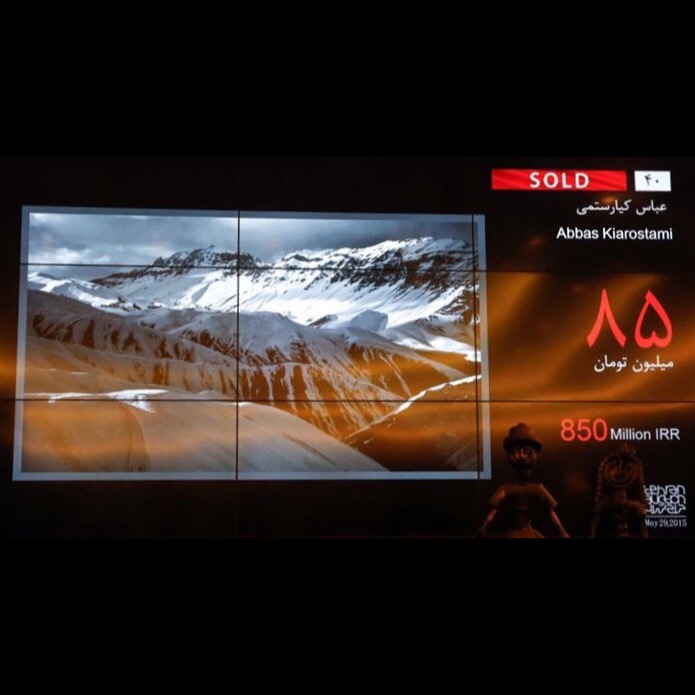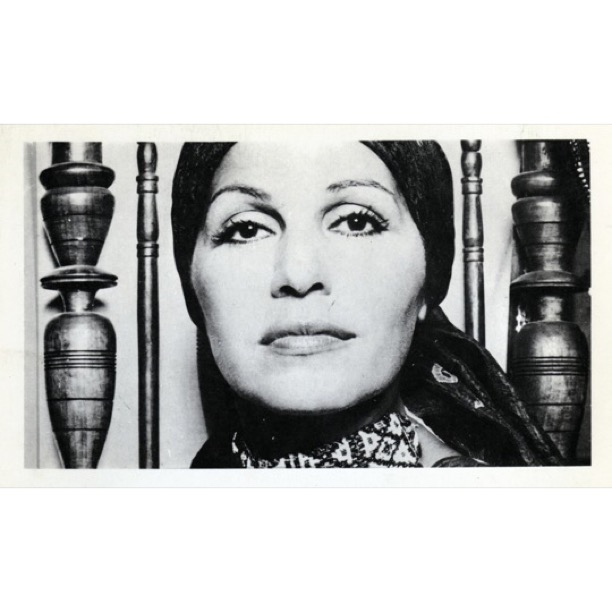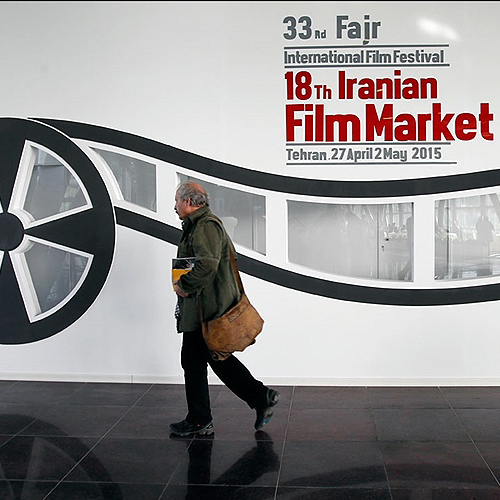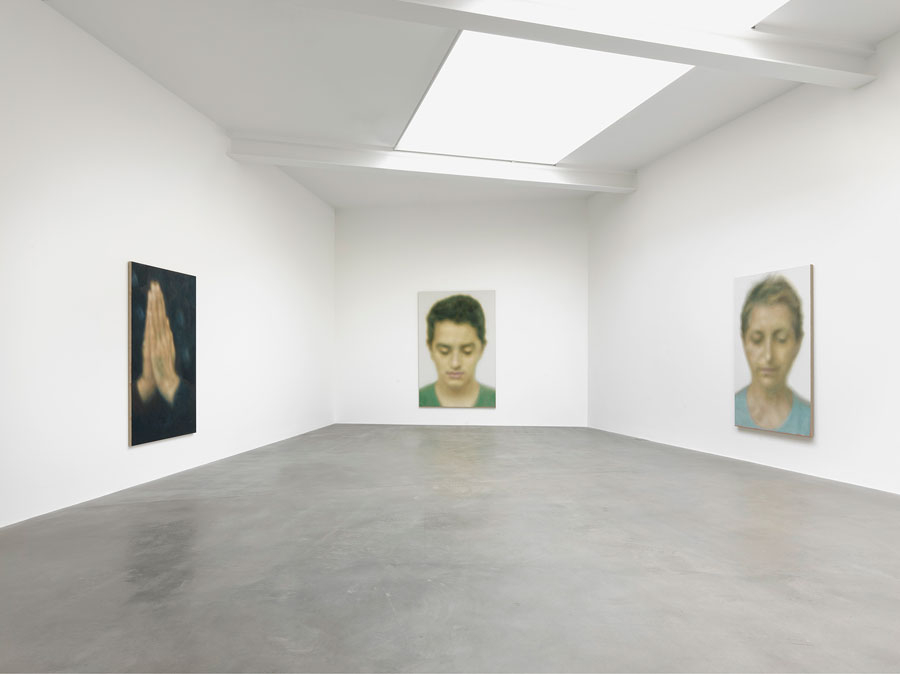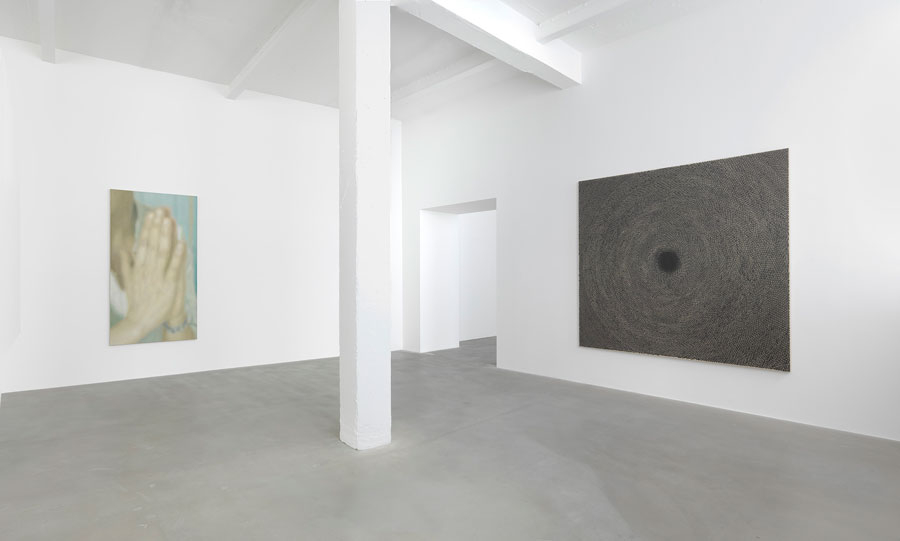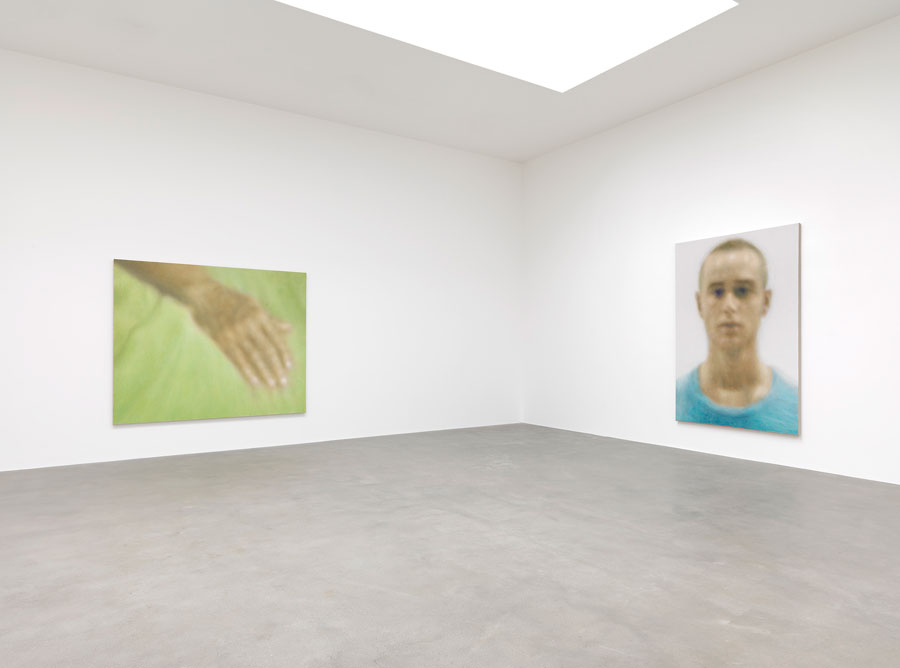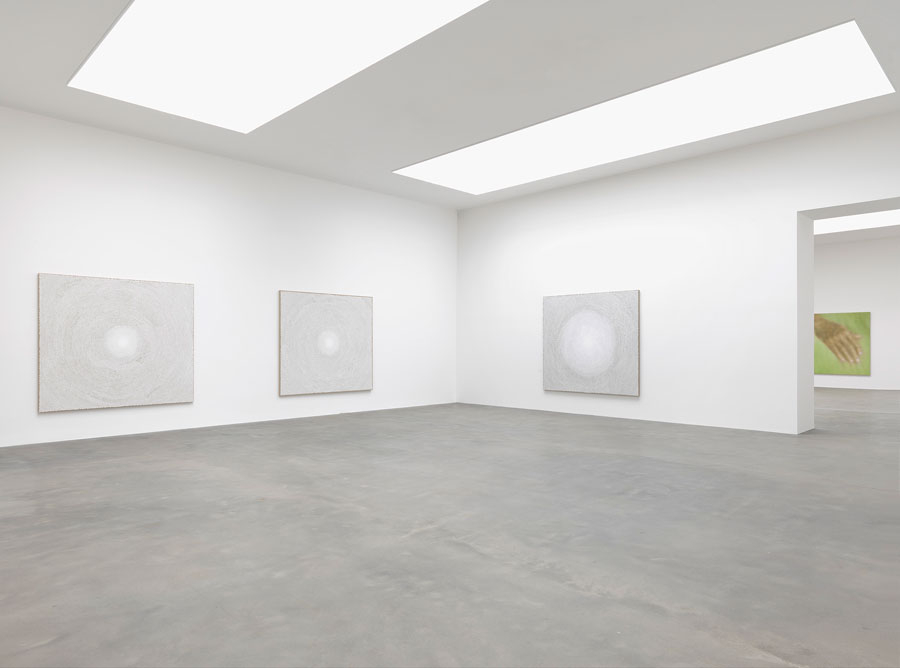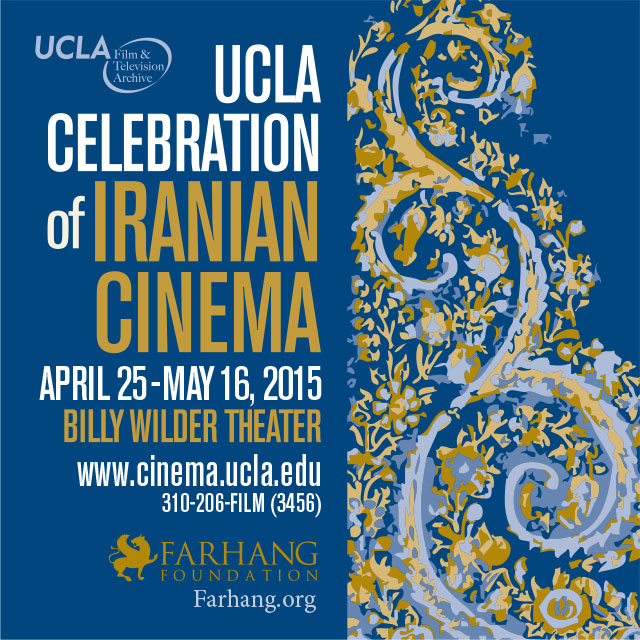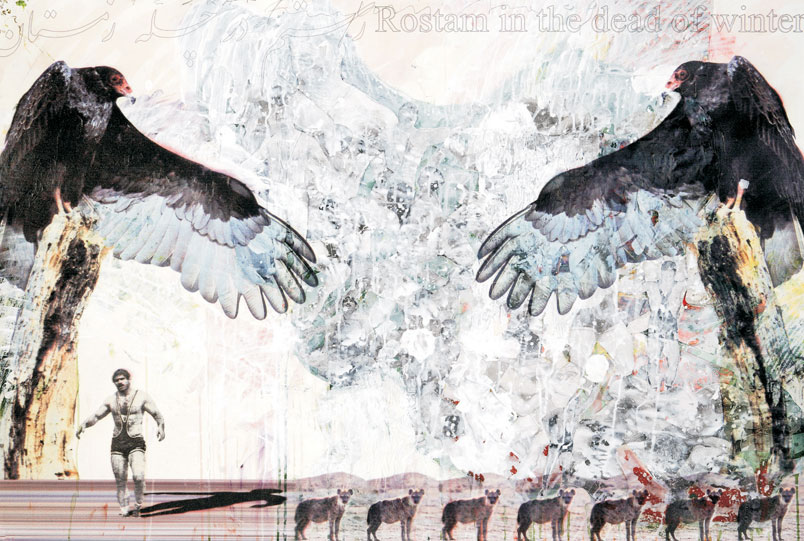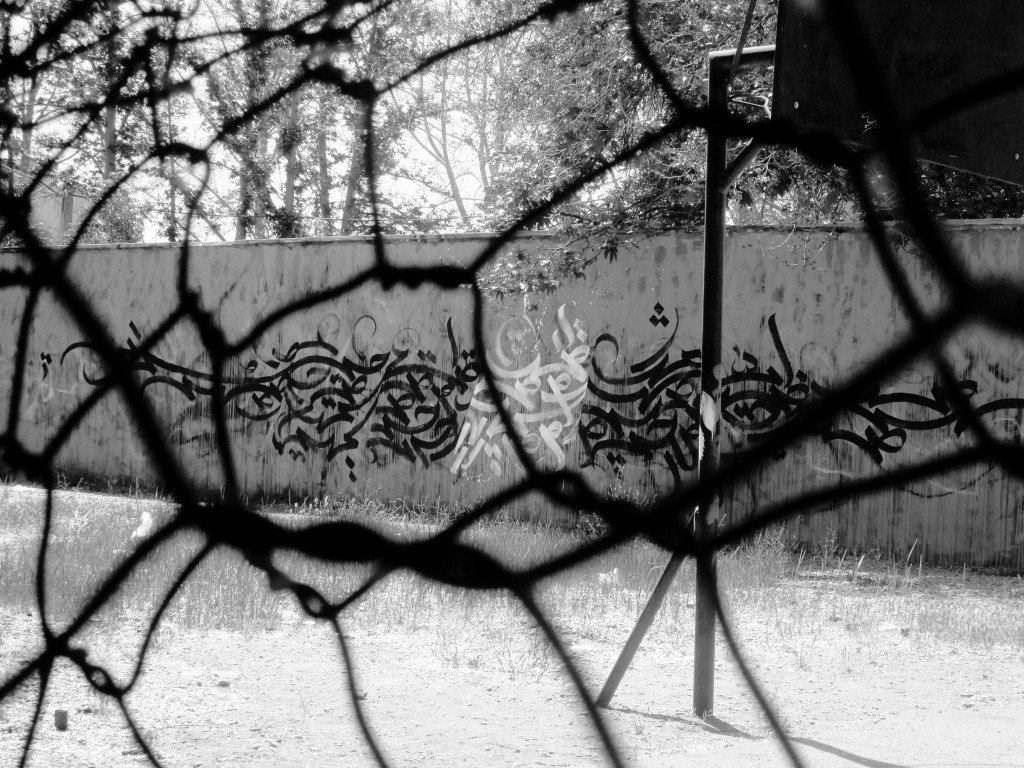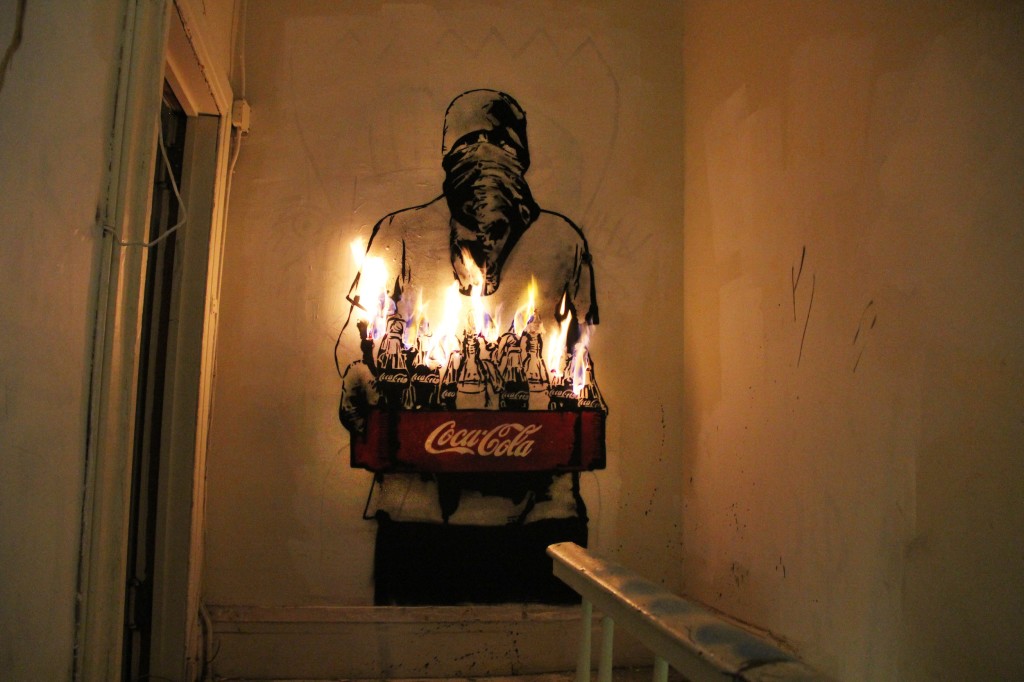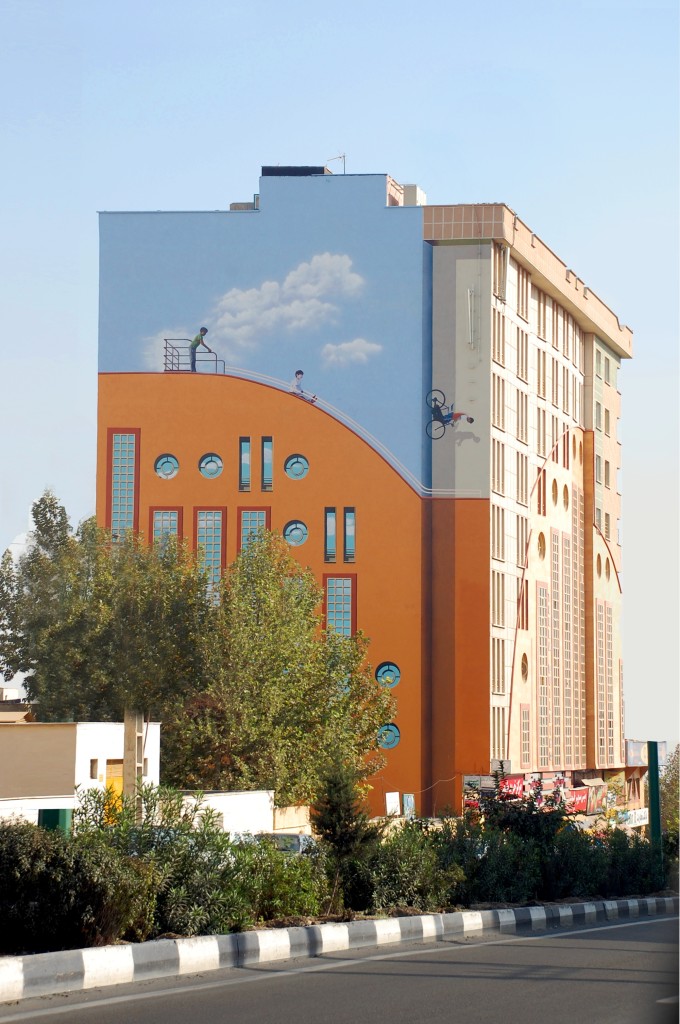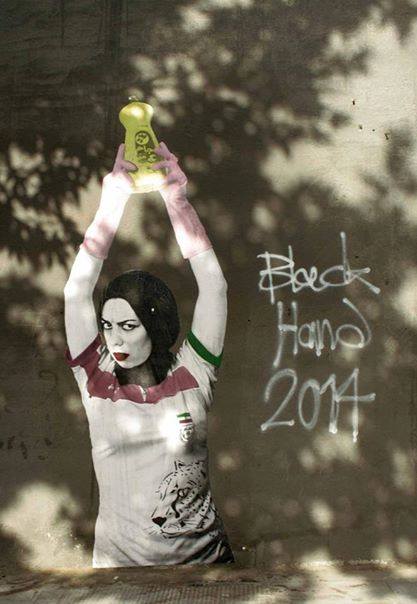The 4th Annual Tehran Auction
The 4th Annual Tehran Auction took place on 29 May 2015 at Tehran’s Parisian Azadi Hotel. The auction featured over 300 works of art by some of the greatest contemporary Iranian artists of note. Established names such as Sohrab Sepehri, Parviz Tanavoli, Farhad Moshiri, Bahman Mohassess, Hossein Zenderoudi, Reza Derakhshani, Farideh Lashai, Behjat Sadr, Koorosh Shishegaran, Seyed Mohammad Ehsai, Abbas Kiarostami, and the great Kamal al-Molk, himself – Mohammad Ghaffari.
This year’s Tehran Auction generated an astounding 7,264,323.87 USD in sales! These record breaking numbers are a sure testament to the strength and power which art holds in Iran and its market. The Tehran Auction is a privately developed initiative organized by former head of the Tehran Museum of Contemporary Art, Dr. Alireza Samiazar. It began as “an endeavour to fulfill the increasing interest in modern and contemporary Iranian art and to facilitate the acquisition of the best quality works of various genres. It also aims to support the domestic art market as a key basis for the international market.”
Our director, Homa Taraji, was in Tehran working closely with the Auction team – hopefully soon we will have some behind the scenes goodies for you all!
View the catalog here, and view the auction results here.
Check back on Tara Gallery’s blog for more updates, soon!

